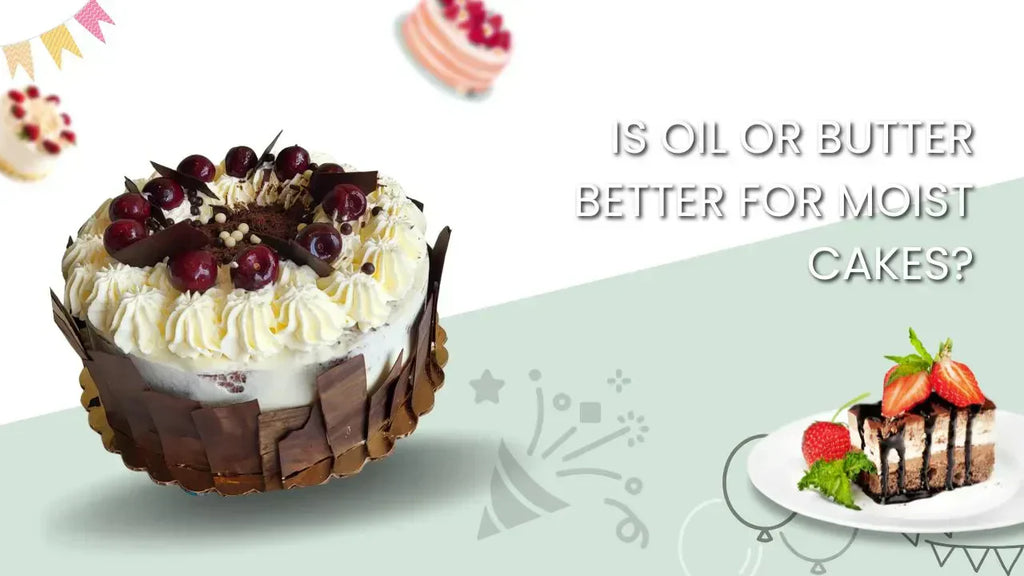
For a Moist Cake, Should You Use Butter or Oil?

For a Moist Cake, Should You Use Butter or Oil?
When baking a delicious, moist cake, one of the most crucial decisions you'll make is choosing between oil and butter. Both fats have unique properties that impact the final product, influencing everything from texture and flavor to how well the cake ages. So, which is the better choice for a moist cake? As with many things in baking, the answer is nuanced and depends on the specific recipe and your desired outcome.
Understanding the Role of Fat in Cakes
Before diving into the specifics of oil and butter, it's essential to understand the fundamental role fat plays in cake making. Fat contributes to:
- Tenderness: Fat coats flour particles, preventing them from forming strong gluten networks. This results in a tender crumb and a melt-in-your-mouth texture.
- Moisture: Fat traps moisture within the cake, preventing it from drying out quickly. This is crucial for maintaining a moist and enjoyable texture.
- Flavor: Fat carries and enhances flavors. Butter, in particular, contributes its own distinct flavor to the cake.
- Structure: While it might seem counterintuitive, fat actually contributes to the structure of a cake. It helps to create a stable crumb and prevents the cake from collapsing.
Butter: The Classic Choice
For good reason, butter has long been a staple in cake baking. It offers several advantages
- Flavor: Butter imparts a rich, buttery flavor that is highly desirable in many cakes. This flavor is especially pronounced in cakes where butter is the star, such as pound cakes or butter cakes.
- Texture: When creamed with sugar, butter incorporates air into the batter, creating a light and airy texture. This creaming process also contributes to the cake's rise.
- Structure: Butter is solid at room temperature, which helps to create a more structured cake. This is particularly important for cakes that need to hold their shape, such as layer cakes.
However, butter also has its drawbacks:
- Moisture: Cakes made with butter tend to dry out faster than those made with oil. This is because butter contains water, which evaporates during baking.
- Cost: Butter is generally more expensive than oil.
- Dairy: Butter is a dairy product, which may be a concern for those with lactose intolerance or dairy allergies.
Oil: The Moisture Champion
Oil has gained popularity in cake baking, especially for those seeking a super moist and tender crumb. Its benefits include:
- Moisture: Oil is 100% fat, meaning it doesn't contain water that can evaporate during baking. This results in a cake that stays moist for longer.
- Texture: Oil creates a very tender and delicate crumb, often described as melt-in-your-mouth.
- Convenience: Oil is typically easier to work with than butter. It doesn't require softening and can be simply poured into the batter.
- Cost: Oil is generally less expensive than butter.
However, oil also has its limitations:
- Flavor: Oil has a neutral flavor, which means it doesn't contribute any distinct taste to the cake. While this can be an advantage for showcasing other flavors, it can also result in a less flavorful cake overall.
- Texture: Oil-based cakes can sometimes have a slightly greasy or spongy texture.
- Structure: Oil is liquid at room temperature, which can result in a less structured cake. This can be a concern for cakes that need to hold their shape.
Choosing the Right Fat for Your Cake
Ultimately, the best choice between oil and butter depends on the cake you're making and your preferences. Here are some general guidelines:
- Use butter for: Cakes where butter flavor is prominent, cakes that need a light and airy texture, and cakes that require a strong structure.
- Use oil for: Cakes where moisture is the top priority, cakes with delicate flavors that you want to highlight, and cakes where you want a super tender crumb.
Can't Decide? Try a Combination!
In some cases, combining oil and butter can provide the best of both worlds. This approach allows you to benefit from the flavor of butter and the moisture-retention of oil. You can experiment with different ratios to find the perfect balance for your desired cake.
Beyond Oil and Butter: Other Fat Options
While oil and butter are the most common fats used in cake baking, there are other options to consider:
- Shortening: Shortening is a solid fat that is flavorless and creates a very tender crumb. It is often used in cakes where a neutral flavor is desired.
- Coconut oil: Coconut oil is a plant-based fat that can be used as a substitute for butter. It has a distinct coconut flavor that can complement certain cakes.
- Ghee: Ghee is clarified butter that has a nutty flavor and a high smoke point. It can be used in place of butter in some recipes.
Tips for Baking Moist Cakes
No matter which fat you choose, here are some tips for ensuring a moist and delicious cake:
- Don't overmix: Overmixing can develop gluten, which will result in a tough cake. Mix until just combined.
- Use the right temperature: Baking at the correct temperature is crucial for ensuring the cake cooks evenly and doesn't dry out.
- Don't overbake: Overbaking is the most common cause of dry cakes. Use a toothpick to test for doneness.
- Cool properly: Allow the cake to cool completely before frosting to prevent it from drying out.
Conclusion
The debate between oil and butter for moist cakes is long-standing, but there's no definitive answer. Both fats have their strengths and weaknesses. The best choice depends on the cake you're making and your preferences. By understanding the role of fat in cake baking and considering the properties of oil and butter, you can make an informed decision and bake a moist and delicious cake.





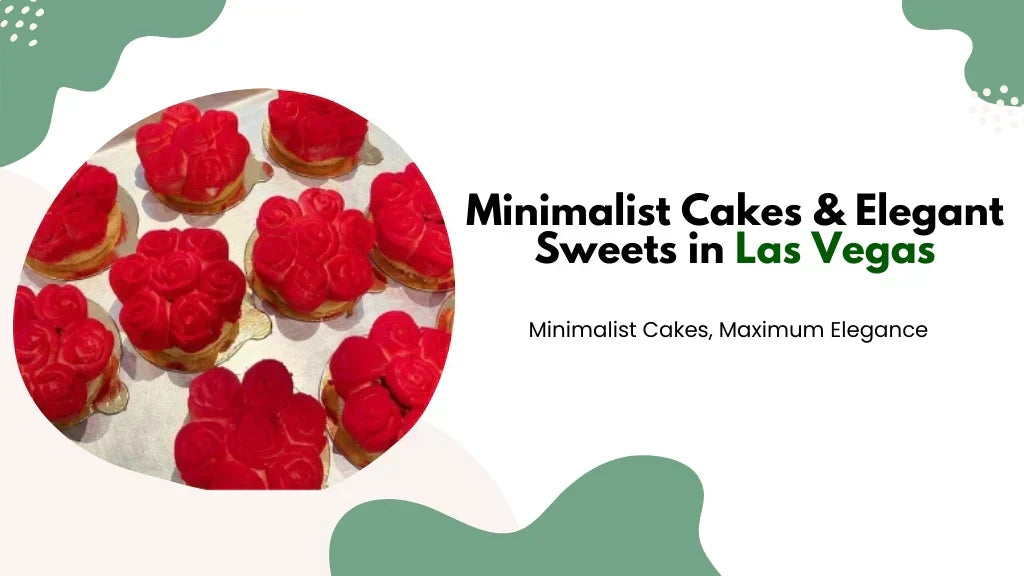



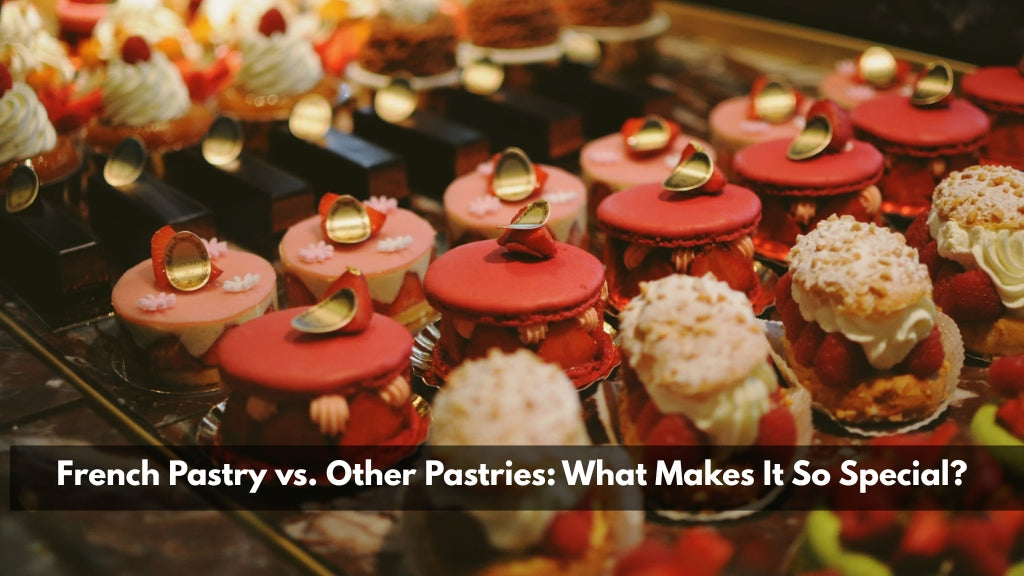

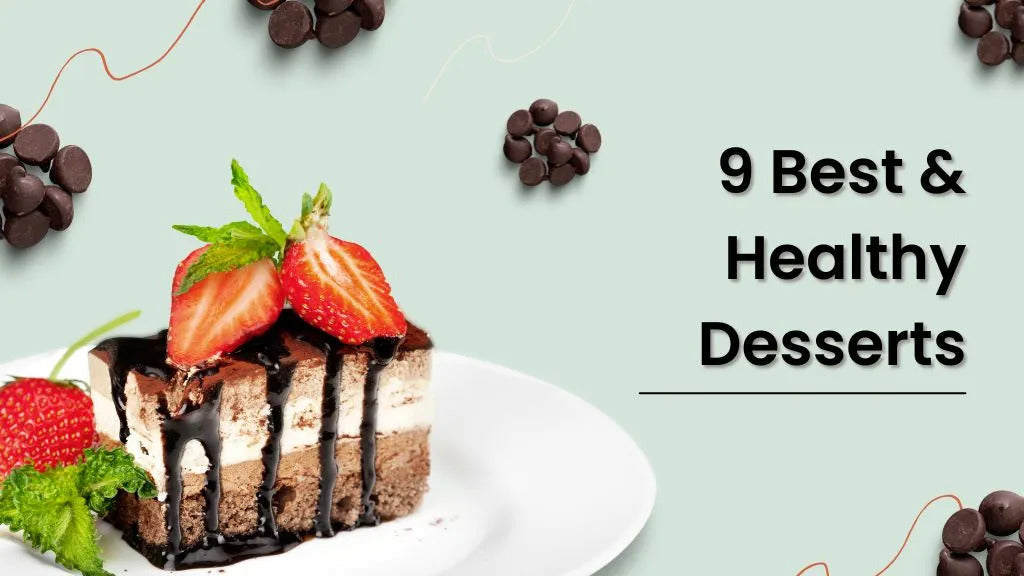
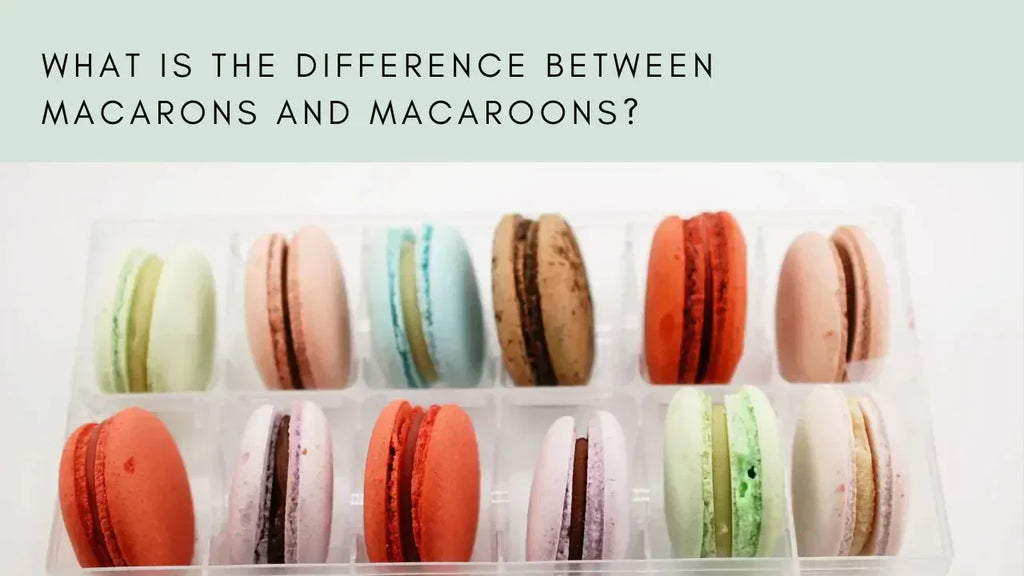
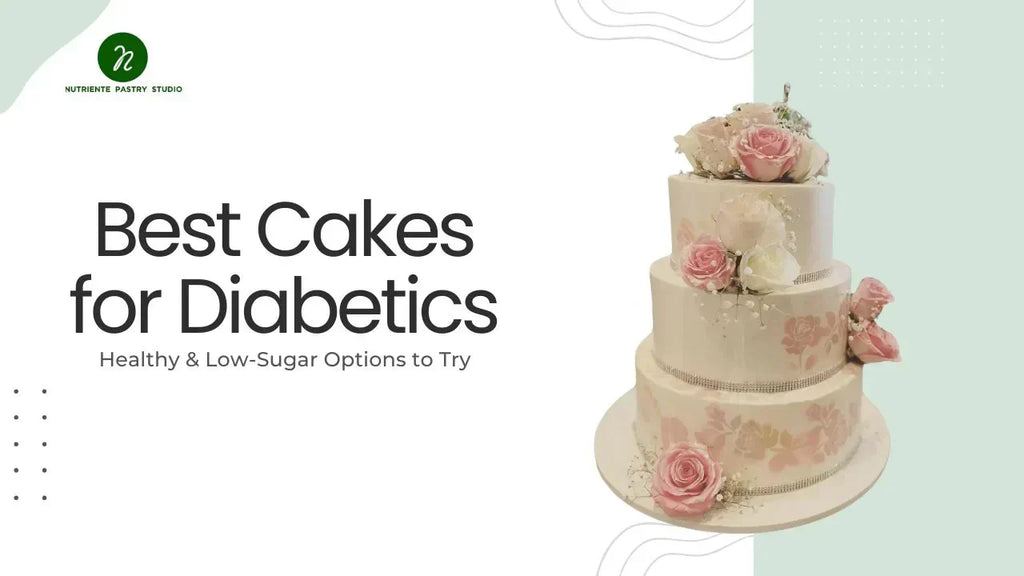





Thank you for the great information. Very helpful.